Imagine this: you are sitting at a large round table in a grand, bustling hall. The air buzzes with cheerful chatter and the clatter of porcelain bowls. Steaming bamboo baskets are stacked high on roaming carts, pushed by servers who call out the names of the delicacies they carry. This isn’t just a meal, it’s a spectacle, a social ritual, and a culinary art form all rolled into one. Welcome to the world of dim sum.
If you are planning a trip to Hong Kong or anywhere in Asia, experiencing authentic dim sum is not just recommended, it is essential. But stepping into this vibrant world can feel a little intimidating. What do you order? What are the rules?
Don’t worry, we have got you covered. This guide will walk you through everything you need to know to navigate a dim sum restaurant like a pro, from its ancient history to the must-try dishes that will make your heart sing.
📜 The Roots of Dim Sum
Ancient Teahouse Origins: While people now connect dim sum with bustling restaurants, its story began in the teahouses of ancient China. Along the Silk Road, travelers would rest at these stops. During the Jin Dynasty (265-420 AD), it was discovered that tea aided digestion, so teahouses began offering small pieces of food alongside the brew. This practice marked the birth of dim sum, a Cantonese term that translates to “touch the heart”.
The Rise of “Yum Cha”: The custom of pairing tea with snacks eventually evolved into the social tradition known as yum cha [飲茶], which literally means “to drink tea”. The phrase “Let’s go yum cha” is now synonymous with going out for dim sum. The practice gained prominence during the Tang Dynasty (618-907 AD), becoming an integral part of the imperial court’s cuisine and a way for chefs to showcase their skills in lavish banquets.
The Cantonese Golden Age: The modern form of dim sum we love today developed rapidly during the latter half of the nineteenth century in Guangzhou (Canton). This southern Chinese city became the epicenter of dim sum culture, refining the dishes and the social experience. From Guangzhou, the tradition spread to neighboring Hong Kong, which became a global hub for the cuisine.
A Global Culinary Art: Over time, the artistry of dim sum flourished. Chefs began incorporating influences from other regions of China and even foreign cuisines from places like India and Mexico, contributing to its incredible variety. Early serving methods involved servers balancing dishes on trays, which eventually evolved into the iconic steam-heated carts that are a signature of the traditional dim sum experience today. From its humble teahouse beginnings, dim sum has spread throughout the world, becoming a beloved culinary tradition.
❤️ The Heart of the Experience: Understanding “Yum Cha”
You cannot talk about dim sum without talking about “yum cha”, which literally means “to drink tea”. In Hong Kong, if someone says, “Let’s go yum cha,” they mean, “Let’s go to a restaurant for dim sum.” The two are inseparable.
Yum cha is a deeply ingrained social custom. It is a leisurely, communal activity where family and friends gather for hours to chat, connect, and share food. It is especially popular on weekend mornings, when large family groups, from grandparents to grandchildren, fill the restaurants.
The atmosphere is convivial and relaxed. People arrive, order a few small dishes, sip on tea, read the newspaper, and wait for the rest of their party to join. The magic lies in the sharing. Instead of one large main course, you get to sample dozens of different flavors and textures, creating a shared experience that strengthens social bonds. It’s less a meal and more a delicious marathon of food and conversation.
🙏 Dim Sum for Beginners: Mastering the Etiquette
While dim sum is a relaxed affair, observing a few customs will show respect and make you feel like a local.
The Sacred Rules of Tea
Tea is the anchor of the meal. You will be asked what kind of tea you want almost immediately. Common choices include bo lei (pu’er, an earthy fermented tea), heung pin (jasmine), and guk fa (chrysanthemum).
- Serve Others First: Always pour tea for your companions before filling your own cup. It is a sign of respect to start with the eldest person at the table.
- Say “Thank You” with Your Fingers: When someone pours tea for you, you don’t need to interrupt the conversation to say thanks. Instead, gently tap the table with your index and middle fingers. This gesture symbolizes a bow and, according to legend, originated from an emperor who tapped his fingers to thank his subjects while traveling in disguise.
- Signal for a Refill: When the teapot is empty, signal for more hot water by simply leaving the teapot lid ajar or resting it off-center on the opening. A server will spot it and come to refill it.
Sharing, Not Stealing
Dim sum is all about sharing, but there is a right way to do it.
- Use Serving Chopsticks: Many restaurants provide a separate pair of serving chopsticks (gong kuai). Use these to move food from the communal steamer or plate to your own bowl. If there are no serving chopsticks, use the top ends of your own chopsticks (the part that doesn’t go in your mouth) to do the same.
- Never Eat from the Communal Dish: Always transfer the food to your own small plate or bowl before eating it.
- Offer the Last Piece: It is considered polite to offer the last piece of a dish to others before taking it for yourself.
General Manners
- Chopstick Placement: Never, ever stick your chopsticks upright in your bowl of rice. It resembles incense sticks at a funeral and is considered a major boo boo.
- Pacing is Key: Don’t rush. Take small bites to cool the food and savor the complex flavors. Discard any small bones or inedible parts onto your side plate.
- Be Patient: While you might see locals flagging down a specific cart, “cart chasing” can be seen as a bit rude. Part of the fun is the anticipation of what will come around next.
✍️ Finding Your Spot: How to Order Like a Pro
Walking into a massive dim sum restaurant can be overwhelming, but ordering is simpler than it looks.
What to Look For
A good dim sum restaurant is almost always a busy one. Look for a place that is bustling with local families, as that is a sure sign of quality and authenticity. The best dim sum is made fresh and served immediately, so a place with high turnover means you are getting food that has not been sitting around.
Insider Tip: If you are in a restaurant with carts, try to get a table near the kitchen. The carts pass by these tables first, so you get the freshest items and the best selection before they are picked over.
How Ordering Works
There are two main systems you will encounter:
- The Classic Cart Experience: This is the most traditional method. Servers push steam-heated carts around the dining room, calling out what they have. When a cart with something you want comes by, you simply point. The server will place the dish on your table and stamp your bill card.
- The Modern Menu Method: Many restaurants now use a paper menu and a pencil. You simply tick off the items you want, and the kitchen will cook them to order and bring them directly to your table. This guarantees freshness but lacks the classic, interactive fun of the carts.
Your bill is tallied based on the number and type of dishes you have, which are usually categorized as small, medium, large, or special.
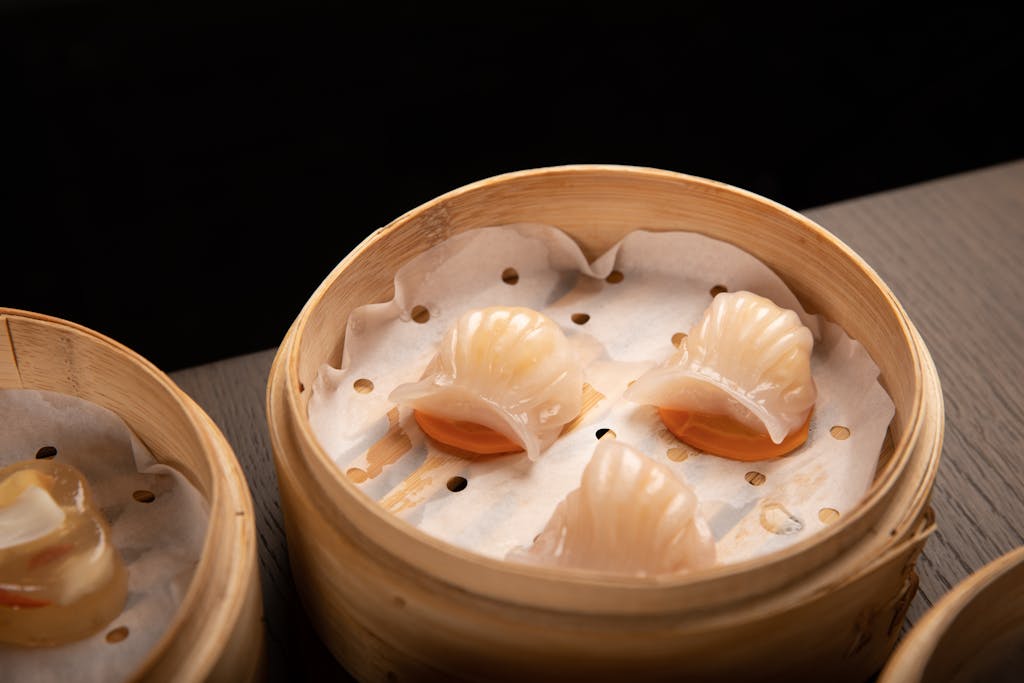
🥟 A Culinary Adventure: Must-Try Dim Sum Dishes
The sheer variety of dim sum can be staggering, with dozens of dishes available. They can be savory or sweet, and prepared by steaming, baking, or frying. Here are some of the absolute classics you must try.
The Steamed Sensations
Har Gow (蝦餃, Steamed Shrimp Dumplings): This is the undisputed king of dim sum and the ultimate test of a chef’s skill.
- What it is: Plump, juicy shrimp encased in a delicate, translucent wrapper.
- A Sign of Quality: The wrapper should be so thin you can see the pink shrimp inside, yet sturdy enough that it doesn’t break when you pick it up. A master chef will craft it with at least seven, and up to thirteen, delicate pleats.
Siu Mai (燒賣, Pork and Shrimp Dumplings): The loyal partner to har gow, this open-topped dumpling is a savory powerhouse. This is one of my favorites!
- What it is: A filling of minced pork, shrimp, and often mushrooms, wrapped in a thin yellow dough wrapper and garnished with an orange dot of crab roe or carrot.
- A Sign of Quality: The filling should be juicy, tender, and have a pleasant, bouncy bite. The wrapper should be thin but strong.
Char Siu Bao (叉燒包, Barbecued Pork Buns): A fluffy, white cloud of a bun with a delicious secret inside.
- What it is: A classic yeasted bun, pillowy soft and slightly sweet, filled with savory, sticky, Chinese-style barbecue pork.
- A Sign of Quality: The bun should be perfectly white, fluffy, and moist. The filling should be a rich, savory-sweet paste, not dry or chunky.
Cheong Fun (腸粉, Rice Noodle Rolls): Silky, slippery, and incredibly satisfying.
- What it is: Thin sheets of steamed rice noodles are rolled around a variety of fillings, like shrimp, beef, or barbecue pork, and then drizzled with a sweet soy sauce.
- A Sign of Quality: The noodle sheets should be silky smooth and slightly elastic, thin enough to be translucent but with a delicate chew.
Lo Mai Gai (糯米雞, Sticky Rice in Lotus Leaf): A complete, fragrant meal in a single parcel.
- What it is: Savory glutinous rice is steamed with fillings like dark meat chicken, Chinese sausage, and mushrooms, all wrapped in a large lotus leaf.
- What Makes it Great: The lotus leaf imparts a subtle, smoky, tea-like aroma and flavor to the sticky rice, making it deeply comforting and delicious.
Phoenix Claws (鳳爪, Chicken Feet): Don’t be shy, this is a textural delicacy beloved by connoisseurs.
- What it is: Chicken feet are deep fried, boiled, marinated, and then steamed in a rich, savory sauce, often with fermented black beans.
- A Sign of Quality: They are cooked perfectly when the skin and tendons are exceptionally tender, allowing you to easily slurp them right off the bone.
Fried and Baked Delights
Wu Gok (芋角, Fried Taro Dumplings): A marvel of texture, with a crispy, lacy exterior and a soft, creamy interior.
Lo Bak Go (蘿蔔糕, Pan-Fried Turnip Cake): A savory cake made from shredded radish and cured meats, pan-fried until crispy on the outside and soft on the inside.
Sweet Endings
Dan Tat (蛋撻, Egg Tarts): The iconic Hong Kong dessert, a perfect blend of Western and Eastern pastry traditions.
- What it is: A baked pastry filled with a smooth, bright yellow, jiggly egg custard.
- A Sign of Quality: A great egg tart has a buttery, crisp crust (either a flaky puff pastry or a crumbly shortbread style) and a silky, rich custard that is sweet but not cloying.
Lai Wong Bao (流沙包, Molten Custard Buns): A sweet treat with a surprise inside. When you break open the soft steamed bun, a warm, golden, and sweet egg custard flows out. I can almost taste it in my mouth thinking about this!
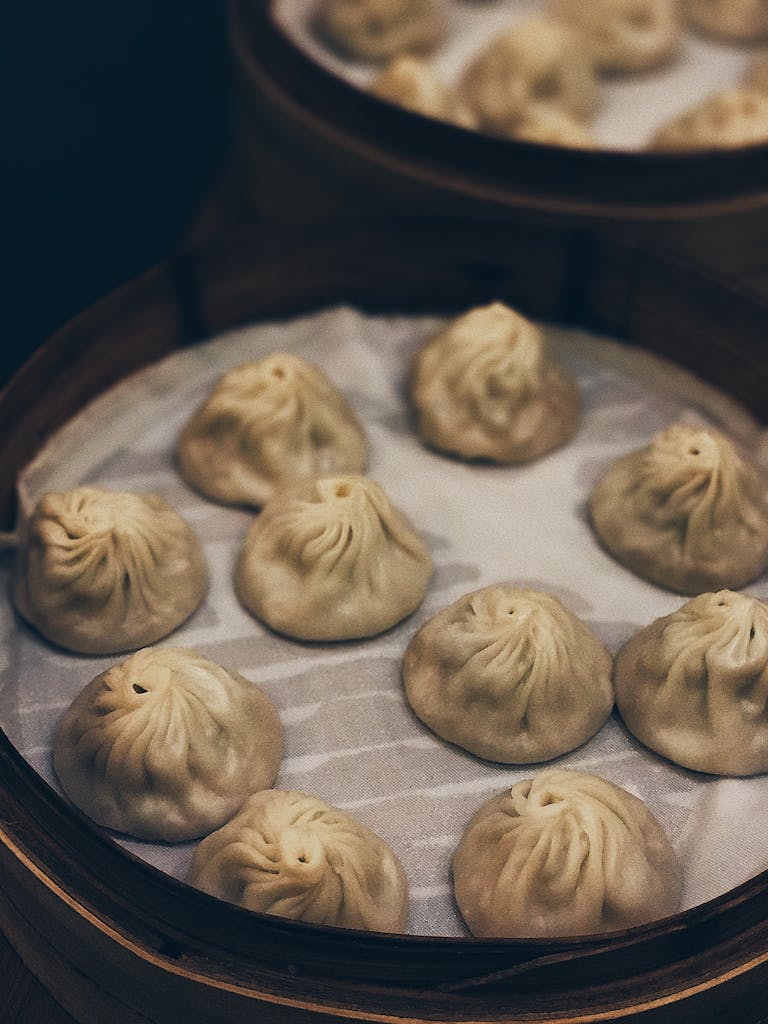
🌍 Beyond Canton: A Taste of Regional Dim Sum Diversity
While Cantonese-style dim sum from Hong Kong and Guangzhou is the most famous, the tradition exists all over China, with each region adding its own unique spin.
- Shanghainese: Offers heartier and more robust flavors. It is the home of the world-famous xiaolongbao (soup dumplings), delicate parcels that hold a savory broth along with their filling.
- You must try the one at Din Tai Fung (hopefully there is one in your country) if you haven’t had the chance to! Stick with the pork dumplings.
- Sichuan: True to its region’s reputation, this dim sum incorporates bold and fiery flavors using Sichuan peppercorns and chili peppers for a spicy, numbing kick.
- Hakka: From the Hakka people of southern China, this style focuses on simple, wholesome, and savory flavors in dishes like steamed yam cake and stuffed tofu.
✨ The Modern Evolution of Dim Sum
Dim sum is a living tradition. Today, chefs around the world are putting modern twists on the classics. You will find fusion dishes like black truffle har gow or baked abalone tarts.
The visual appeal has also become a trend, with restaurants creating adorable buns and dumplings shaped like animals and cartoon characters, perfect for your Instagram feed. Dim sum has even become a popular fast food, with frozen varieties available in grocery stores for a quick and easy meal at home (but difficult for them to compete with fresh dim sum in restaurants)
❓ Frequently Asked Questions (FAQ)
What is the difference between dim sum and yum cha?
Yum cha (“to drink tea”) is the name of the social experience, the entire meal and gathering itself. Dim sum (“to touch the heart”) refers to the actual food dishes that are served during yum cha.
How many dishes should I order?
A good rule of thumb is to order about 3 to 4 dishes per person to start. Dim sum is served in small portions (usually 3 or 4 pieces per dish), so you can always order more in rounds if you are still hungry. Ordering in waves also ensures the food arrives hot and fresh.
Is dim sum only for breakfast or lunch?
Traditionally, yes. Dim sum is most commonly enjoyed in the morning and early afternoon. Many traditional restaurants only serve it until about 3 PM. However, due to its global popularity, some modern restaurants now offer it for dinner as well.
Can I ask for chili sauce or soy sauce?
Absolutely. While traditional Cantonese cooking focuses on fresh, natural flavors, every table will have small dishes for sauce. Chili sauce and soy sauce are standard accompaniments. Feel free to ask for them if they aren’t already on your table.
I am a vegetarian, can I eat dim sum?
Yes! While many classic dishes are meat-based, most dim sum restaurants offer a good selection of vegetarian options. Look for mushroom dumplings, vegetable-filled rice noodle rolls (cheong fun), steamed vegetable buns, and sweet dishes like sesame balls and egg tarts.
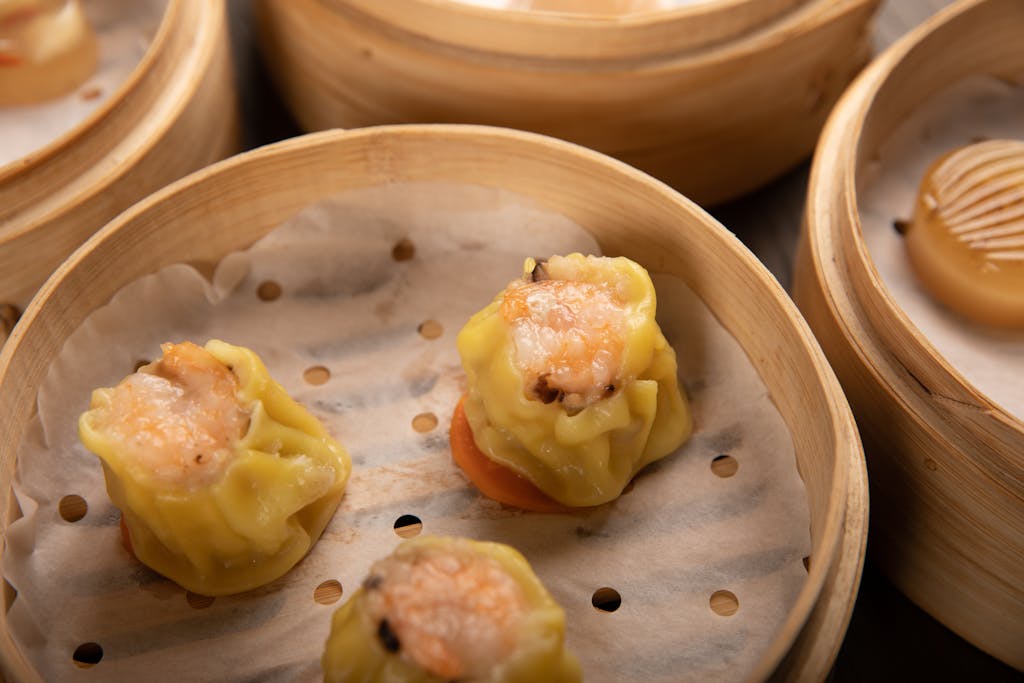
Conclusion
Your dim sum adventure awaits! Be bold, be curious, and be ready to share. This is more than just a meal, it is an experience that will truly touch your heart. Try as many types of dim sum as you can with as large group of friends/family at the table (don’t count the calories)!
What’s the first dish you’ll try? Share your favorite dim sum experiences or any questions you have in the comments below!
Full after your dim sum meal? Find more places to explore in Hong Kong!
Read about a good dim sum place I discovered in JB here!

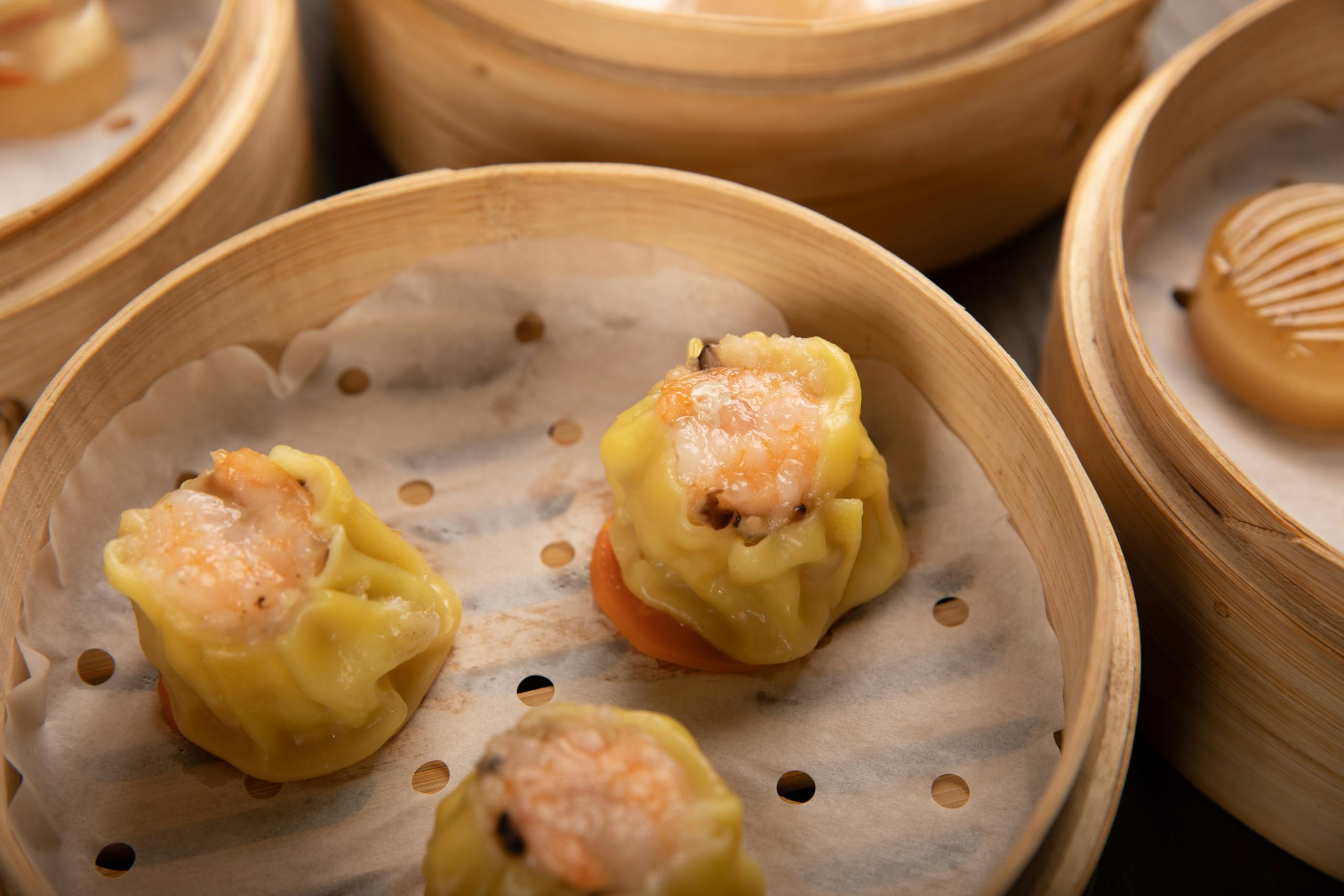
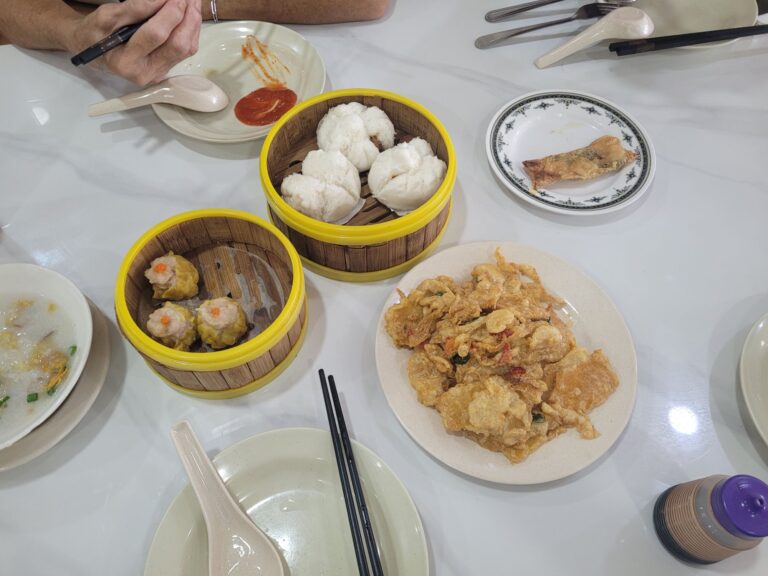
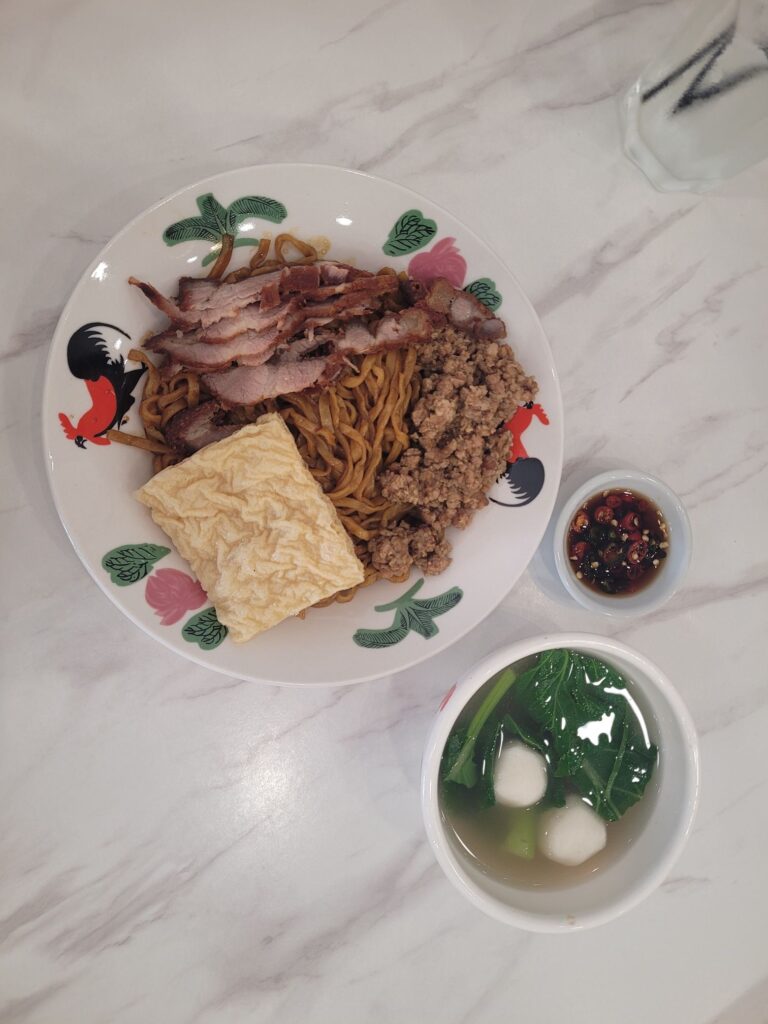
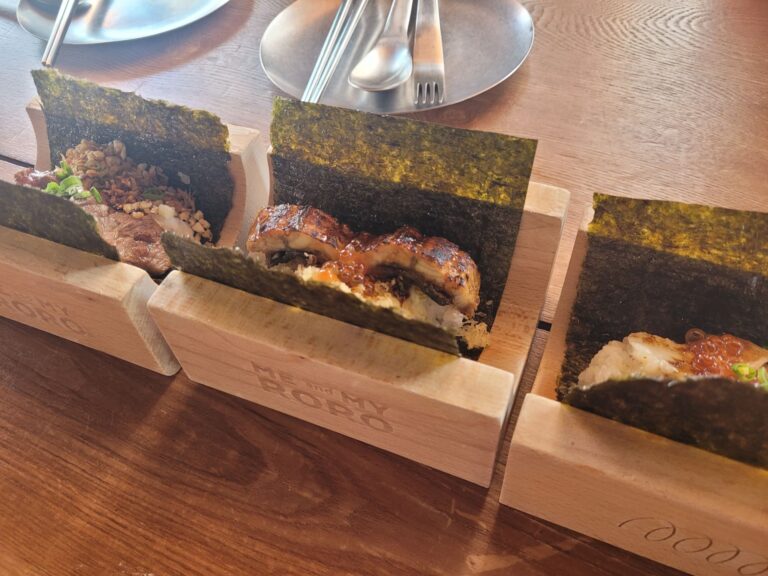
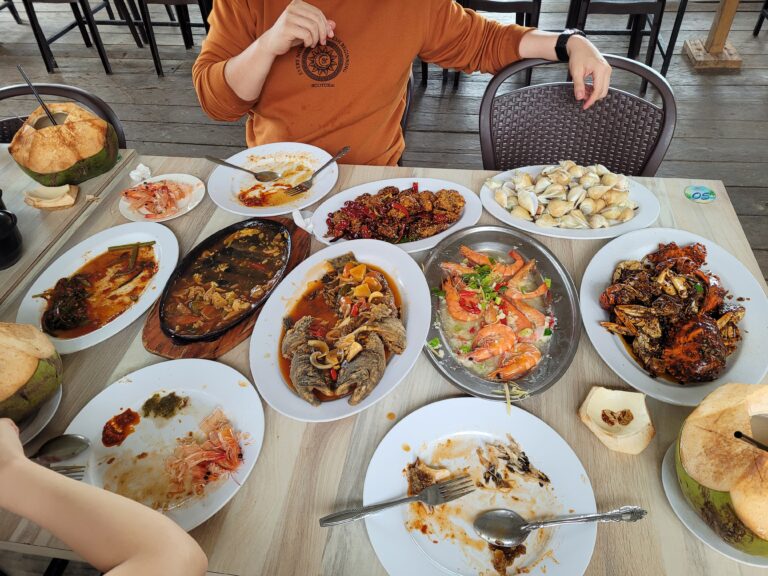
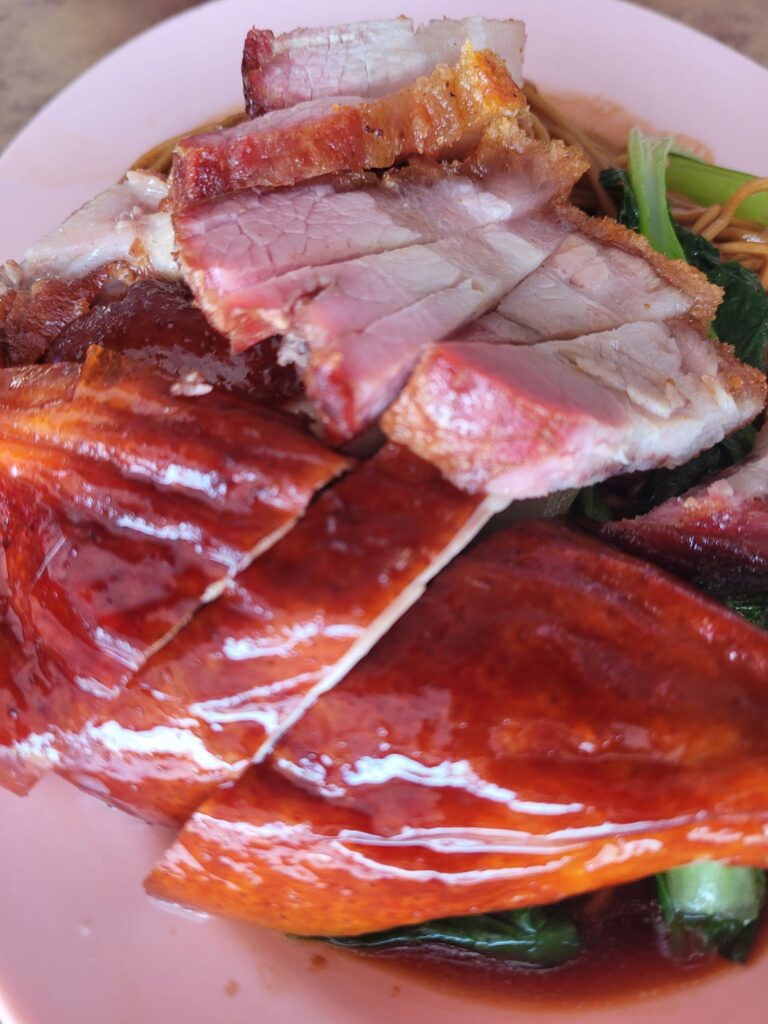
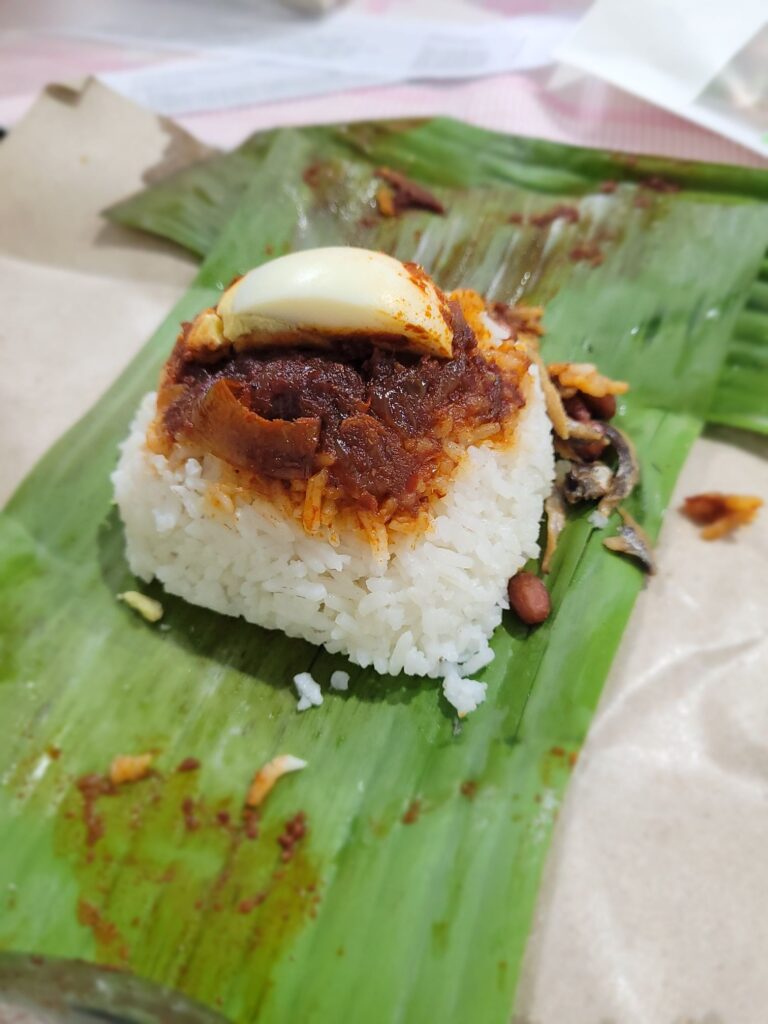
One Comment